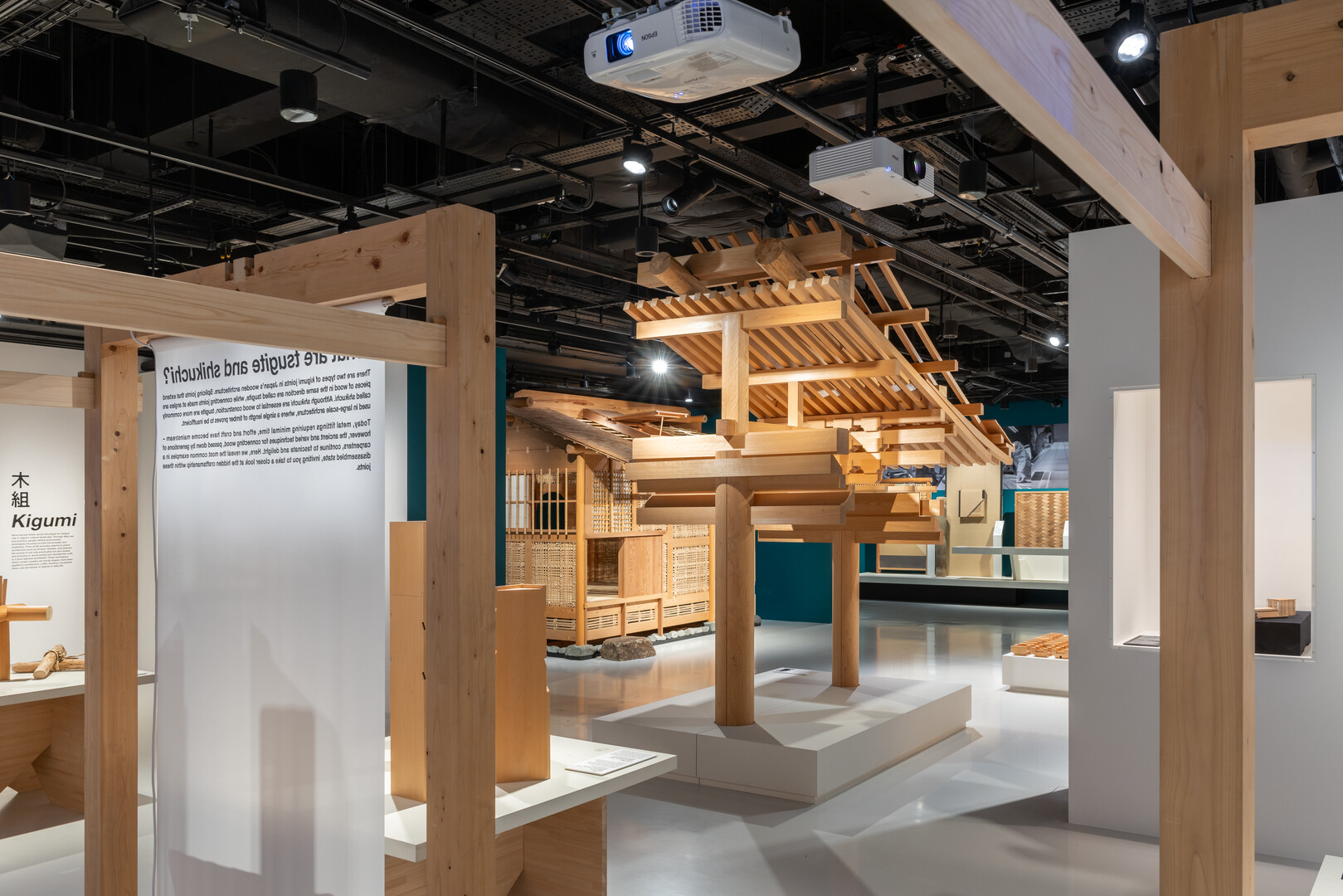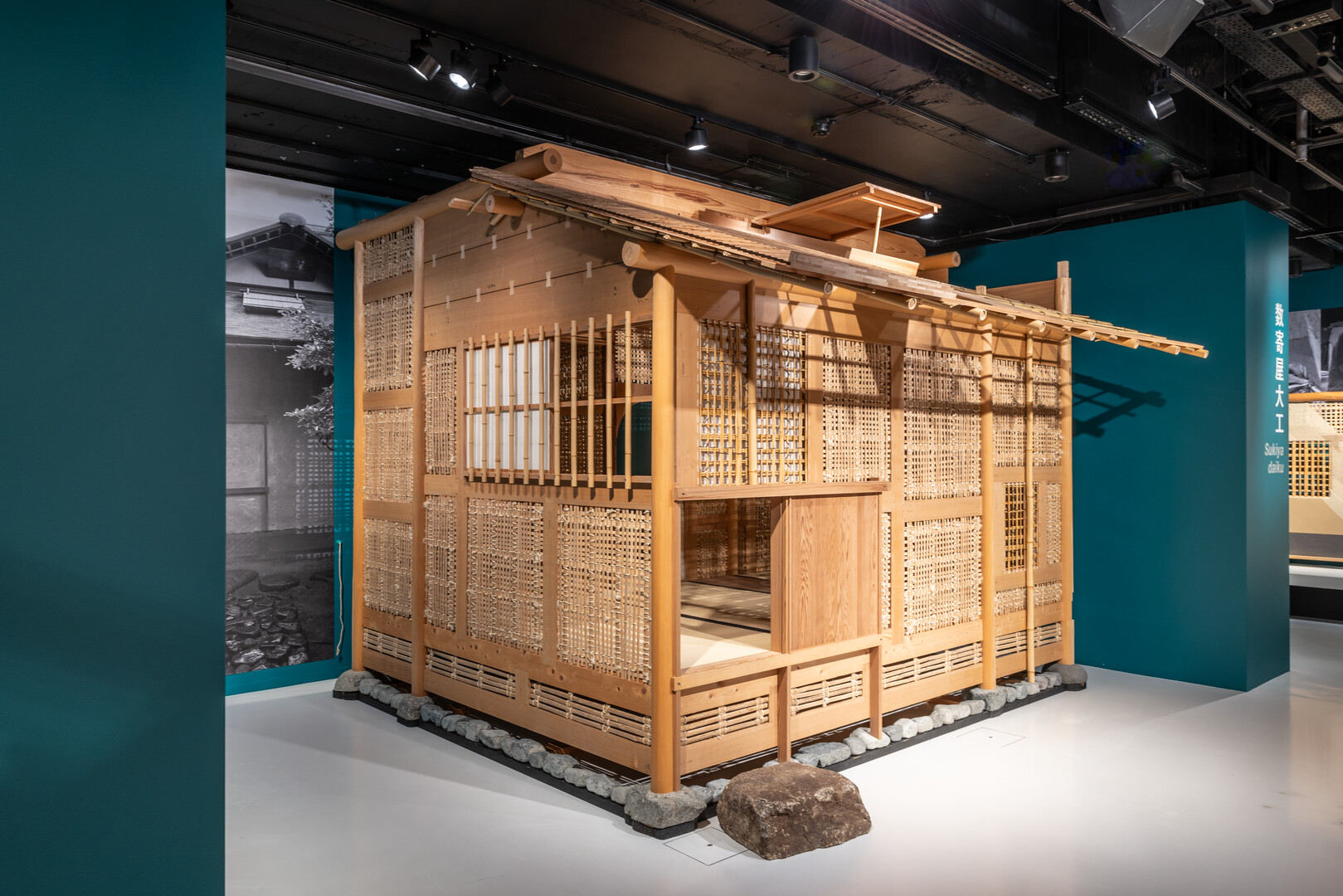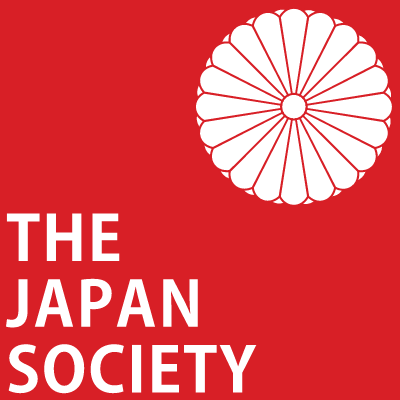Exhibition - The Craft of Carpentry: Drawing Life from Japan’s Forests
at Japan House London
(12 March – 6 July 2025)
Review by Sanae Inagaki
Japan House London offers many opportunities to engage with Japanese culture, but this exhibition felt distinct. The Craft of Carpentry: Drawing Life from Japan’s Forests begins quietly, tucked into the back-left exhibition space, and gently unfolds into something far more immersive and affecting than expected. I initially thought the content might be highly specialised—perhaps even too technical for a casual visitor—but that assumption quickly faded.
On the ground floor, visitors are invited to try assembling wooden joints in a hands-on display. It’s a simple, tactile introduction to the complexity of Japanese joinery, accessible even to children and newcomers. Nearby, an immersive installation recreates the calm of a Japanese forest through layered soundscapes, moving images, and the scent of native woods like hinoki (Japanese cypress), sakura (cherry wood), matsu (pine wood) and so on. A short video shows the Shinto ritual performed before felling a tree, hinting at the deep connection between craft and spiritual respect for nature.
This sensory prelude leads downstairs to the heart of the exhibition, where the full scope of Japanese woodworking is revealed. Visitors encounter a wide range of techniques and traditions: intricate joinery, kumiko latticework, temple carpentry, sukiya-style architecture, yosegi marquetry, and hikimono woodturning. More than just showcasing technical skill, the exhibition speaks to a way of thinking—a reverence for materials, a patience in process, and an enduring harmony between human hands and the natural world.

The tools, diagrams, and carved templates on display quietly convey the ethos of generations of carpenters. There’s a striking contrast between the robust, full-scale elements handled by temple carpenters (domiya-daiku) and the light, refined compositions associated with sukiya carpenters (sukiya-daiku). A 1:2 scale model of a temple roof structure communicates weight and complexity through its sheer presence. In contrast, the display of the Sa-an teahouse from Daitoku-ji temple in Kyoto evokes restraint and balance. While visitors cannot enter the teahouse itself, the exhibition includes a passageway built to the same dimensions as its entrance, offering a direct physical sense of its scale.

One particularly memorable detail is the explanation of timber selection: carpenters choose trees from higher elevations for structural beams and pillars, while those from lower areas are used for finishing elements. This practical sensitivity to material and environment reflects the deep experience behind the craft.
The exhibition doesn’t hide its technical complexity, but that’s part of its appeal. For visitors interested in architecture, design, or making things by hand, it offers a concrete glimpse into a mindset shaped by skill, care, and long-term thinking.

It did leave me with one lingering question: where in Japan can this kind of work still be seen firsthand? Kyoto, Nara, and Nikko might be a start. A visit to the Takenaka Carpentry Tools Museum in Kobe, the organiser of this exhibition, would also offer valuable context and depth. Still, as the exhibition reminds us, these traditions are increasingly rare and not always easy to access.
That may be why the exhibition leaves such a strong impression. It doesn’t just present heritage techniques—it gives visitors a better sense of the thinking and values behind them. Through quiet demonstrations, real tools, and carefully constructed displays, it encourages a more thoughtful way of noticing and engaging with the built world.
It left me with renewed respect for the materials that surround us—and for the people who continue to shape them with patience and dedication. This wasn’t just something to look at. It was something to move through, think about, and remember well after leaving the space.

